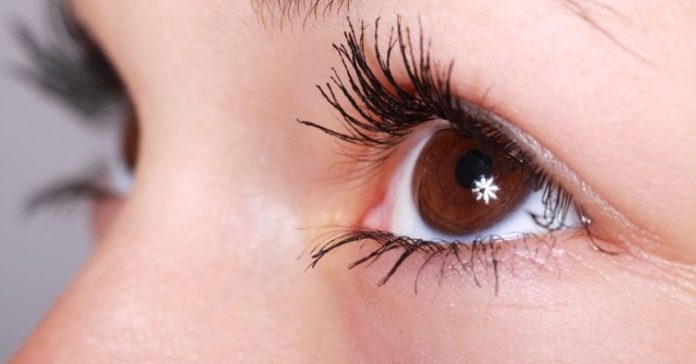According to a new study, a bilateral oophorectomy (removal of both ovaries) might increase the risk of glaucoma. The Mayo Clinic study was published in the April edition of the journal Menopause.
Glaucoma is a condition in which the normal fluid pressure inside the eyes (intraocular pressure or IOP) slowly increases as a result of the aqueous humor(fluid in the front portion of the eye), which normally flows in and out of the eye, not being able to drain properly. Instead, the fluid collects and causes pressure damage to the optic nerve (a bundle of more than 1 million nerve fibers that connects the retina with the brain) and loss of vision.
The study authors note that early estrogen deficiency may increase the risk of glaucoma, they studied the relationship between early bilateral oophorectomy and glaucoma. The study group comprised 1,044 women who underwent bilateral oophorectomy before menopause who were enrolled in the Mayo Clinic Cohort Study of Oophorectomy and Aging. The researchers assessed the risk of glaucoma by comparing women who underwent bilateral oophorectomy from 1950 to 1987 with age-matched women who did not undergo unilateral or bilateral oophorectomy. They identified glaucoma diagnostic codes via the records linkage system of the Rochester Epidemiology Project. The risk of developing glaucoma was calculated during an average follow-up of 25.5 years. The analyses were subdivided by age at the time of bilateral oophorectomy (in tertiles (thirds)).
The investigators found that among the 1,044 women who underwent bilateral oophorectomy before menopause, 147 developed glaucoma. Among the 1,070 women in the control group, 133 developed glaucoma. In the overall group of women who underwent an oophorectomy, no increased risk of glaucoma was found. However, women who underwent an oophorectomy before the age of 43 years (344 women; first tertile) were found to have a significantly increased risk of glaucoma (1.60-fold increased risk. The results remained significant after adjustment for hypertension (high blood pressure), obesity, diabetes, or disorders of lipid metabolism at baseline. A small portion (approximately 11% ) of the women who had received a bilateral oophorectomy before the age of 43 years were treated with estrogen up to the age of 50 years; however, the treatment did not reduce risk.
The authors concluded that bilateral oophorectomy before the age of 43 years might increase the risk of glaucoma; furthermore, and estrogen treatment did not appear to reduce the risk.
Take home message:
This study notes that undergoing a bilateral oophorectomy at an early age increases the risk of glaucoma and hormone replacement therapy does not reduce that risk. Thus, women who have undergone the procedure at an early age should be checked once a year for an increase in intraocular pressure. Other risk factors for glaucoma include: race (glaucoma is the leading cause of blindness for African-Americans); age (individuals over age 60 are more at risk for developing glaucoma; and family history (individuals with a family history of glaucoma are more likely to develop the disease. Thus, anyone with any of the aforementioned risk factors, including age over 60 years, should have their intraocular pressure checked on a regular basis. It is a simple test that can be performed by an optometrist or ophthalmologist (a physician who specializes in eye diseases). Glaucoma can usually be controlled if diagnosed early, usually with eye drops and sometimes with surgery. Thus, early diagnosis can prevent vision loss.








